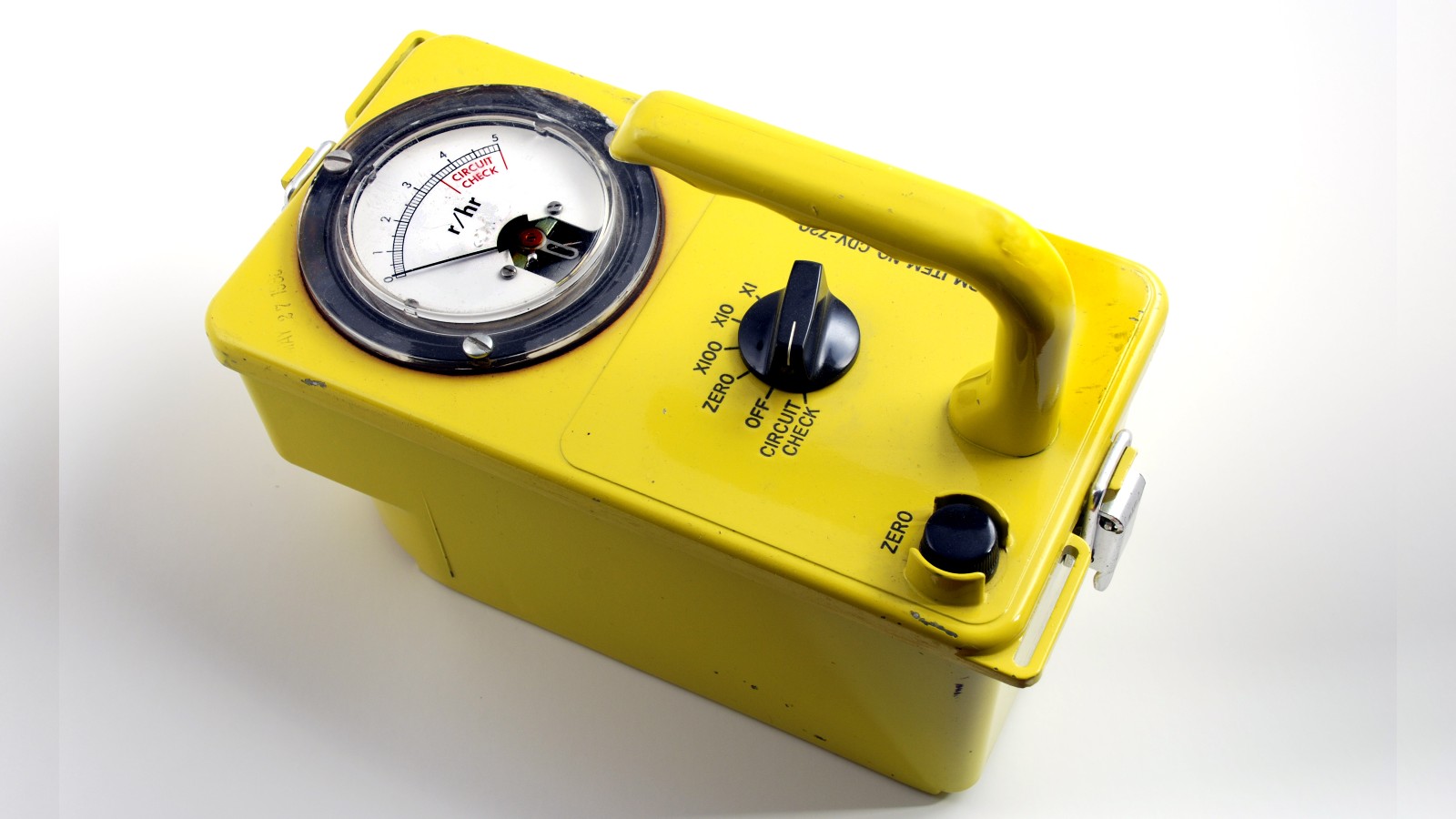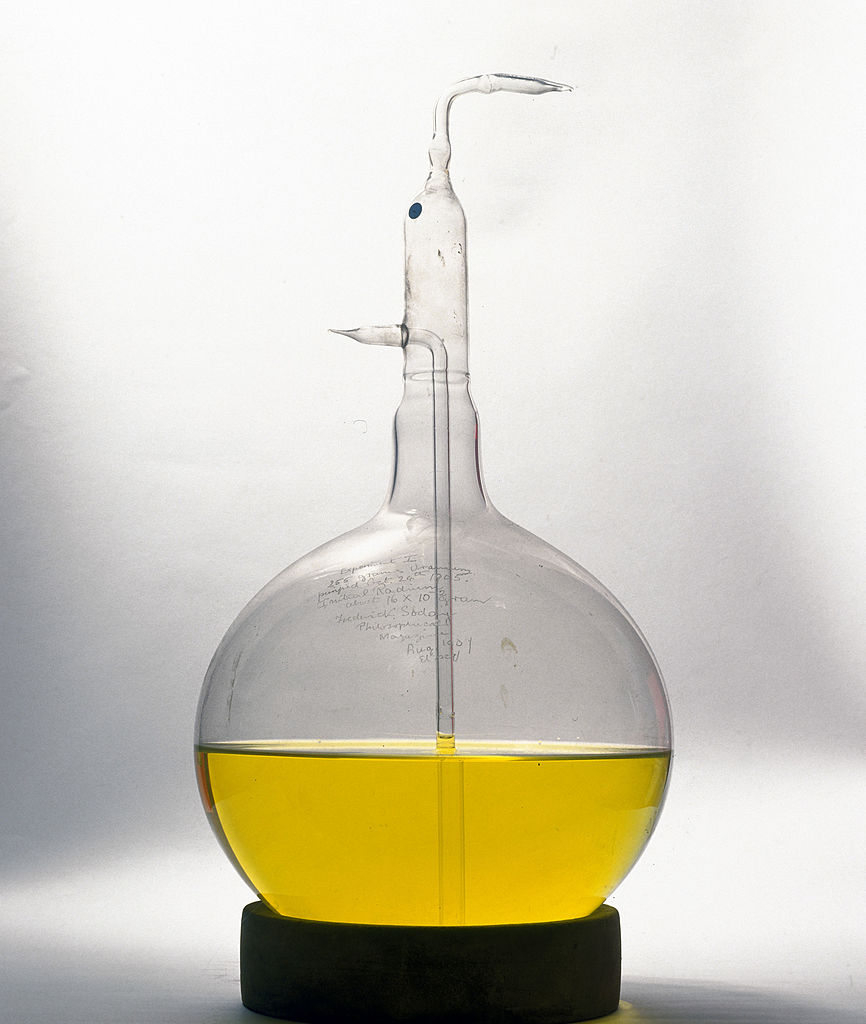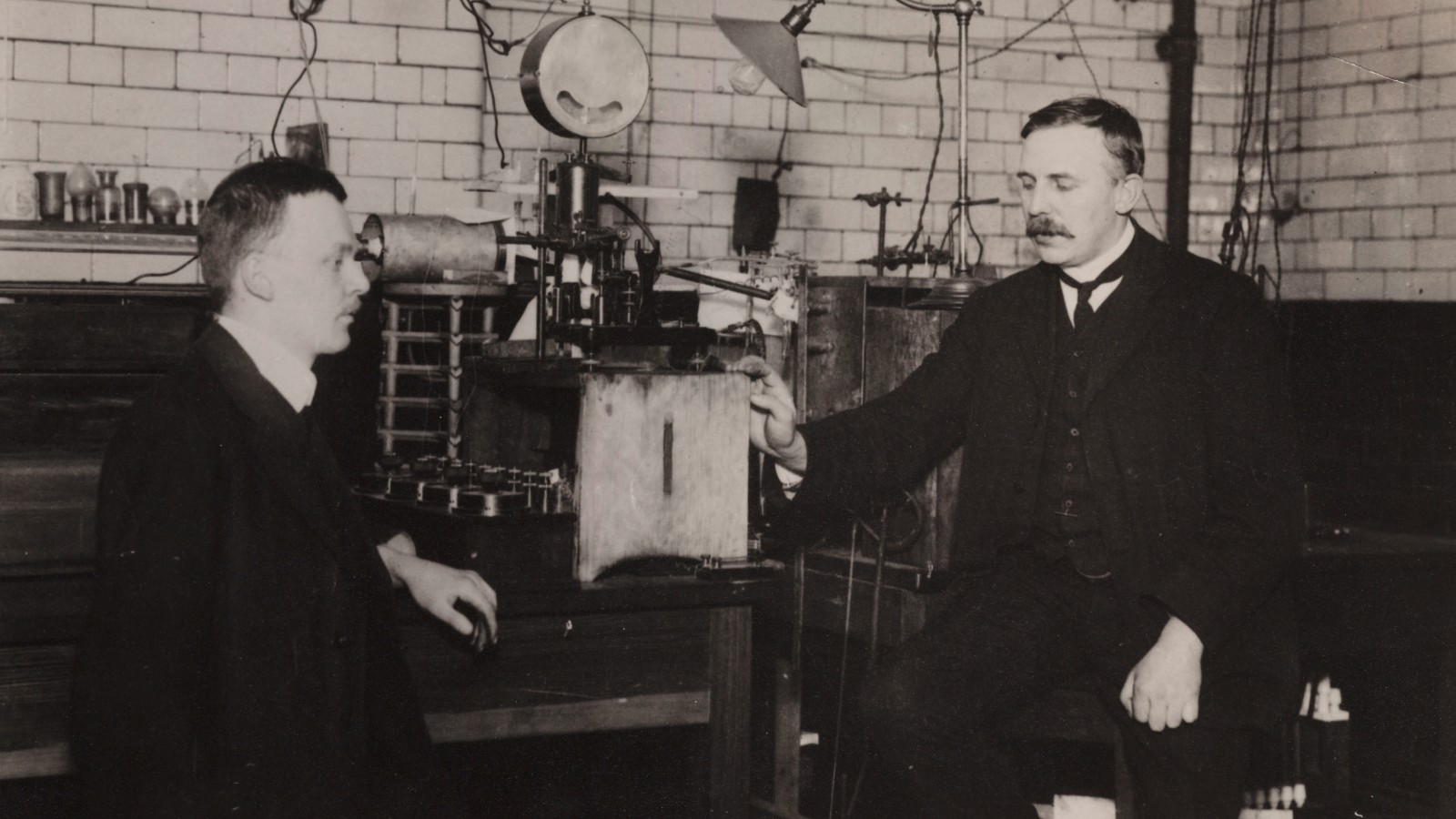Geiger counter: Design, facts and uses
Geiger counters use the natural process of ionization to detect and measure radiation levels

A Geiger counter, also known as the Geiger-Muller tube, is an inexpensive and useful instrument used to quickly detect and measure radiation.
There are two types of radiation, non-ionizing and ionizing. Non-ionizing radiation such as microwaves have enough energy to shake atoms around, but not enough to knock electrons off them and change their composition. Ionizing radiation on the other hand can strip atoms of their electrons, in a process called ionization. As a result, an ion pair is formed — a positively charged atom and a negatively charged electron.
A Geiger counter exploits the natural process of ionization to detect and measure radiation. The device houses a stable gas within its chamber. When exposed to radioactive particles, this gas ionizes. This generates an electrical current that the counter records over a period of 60 seconds.
When ionization occurs and the current is produced, a speaker clicks and a reading is given — often in millisieverts (mSv). There are several different types of radioactive particles that cause ionization, known as either alpha, beta or gamma radiation. However, Geiger counters cannot differentiate between the different types of radiation.
Exposure to ionizing radiation can be damaging to human health. When this kind of radiation comes in contact with molecules of DNA in living cells, its energetic nature can disrupt, damage or alter the DNA. Short exposure to some forms of radiation, such as the X-rays for medical examinations, don’t cause immediate health risks. However, prolonged exposure can lead to mutations in DNA and produce cancers. So Geiger counters are an invaluable tool for evaluating a potential source of radioactivity
Types of ionizing radiation
Positively charged Alpha radiation particles contain two protons and two neutrons, such as the nucleus of a helium atom. They are heavy and slow moving, and can be blocked by a piece of paper or a thin layer of skin. This makes them significantly less hazardous than other types of radiation.
Beta radiation particles are high energy electrons (or sometimes the counterparts of electrons, called positrons). They are relatively light particles, around one thousandth of the mass of a proton. Natural sources of beta radiation are radioactively decaying elements, such as uranium or actinium.
Gamma radiation, also referred to as gamma rays, is a form of electromagnetic radiation similar to x-rays. It emits the highest energy photons (particles of electromagnetic radiation) in the electromagnetic spectrum. Gamma rays are highly penetrating and can easily pass through the body to cause damage.

Creating the counter
The Geiger counter was conceptualized and designed by German physicists Hans Wilhelm Gieger and British physicist Ernest Rutherford, in 1908. Their initial creation could only detect alpha particles.
The pair used their counter to study alpha particles and in 1911, published the findings of several groundbreaking experiments, such as the gold foil experiment, which ultimately revealed the nucleus of atoms to the world.
Between 1925 and 1928, Geiger and his PhD student Walter Muller improved the sensitivity of the counter to detect all types of ionizing radiation. The design of the Gieger-Muller counter remains relatively unchanged in Gieger counters used today.

Additional resources
Learn more about radiation on Centers for Disease Control and Prevention, discover how radiation therapy can be used to treat cancer, through Cancer.gov and learn what radiation you might encounter in everyday life.
Bibliography
- H. Friedman: Geiger Counter Tubes
- Richard Doll: Hazards of ionizing radiation: 100 years of observations on man
- Nikola Kržanović, Koviljka Stanković, Miloš Živanović, Miloš Đaletić, Olivera Ciraj-Bjelac: Development and testing of a low cost radiation protection instrument based on an energy compensated Geiger-Müller tube
Sign up for the Live Science daily newsletter now
Get the world’s most fascinating discoveries delivered straight to your inbox.

Scott is a staff writer for How It Works magazine and has previously written for other science and knowledge outlets, including BBC Wildlife magazine, World of Animals magazine, Space.com and All About History magazine. Scott has a masters in science and environmental journalism and a bachelor's degree in conservation biology degree from the University of Lincoln in the U.K. During his academic and professional career, Scott has participated in several animal conservation projects, including English bird surveys, wolf monitoring in Germany and leopard tracking in South Africa.










